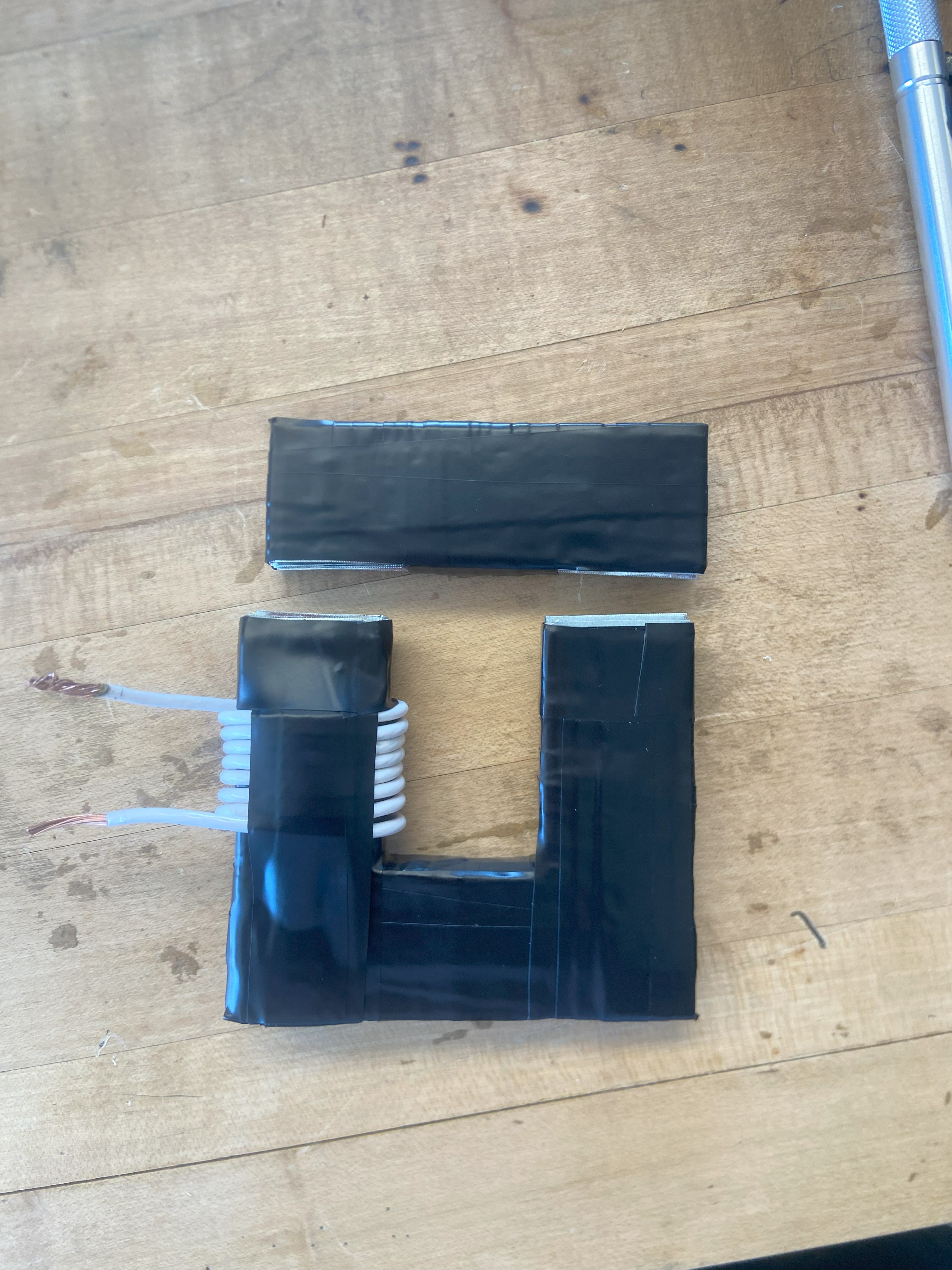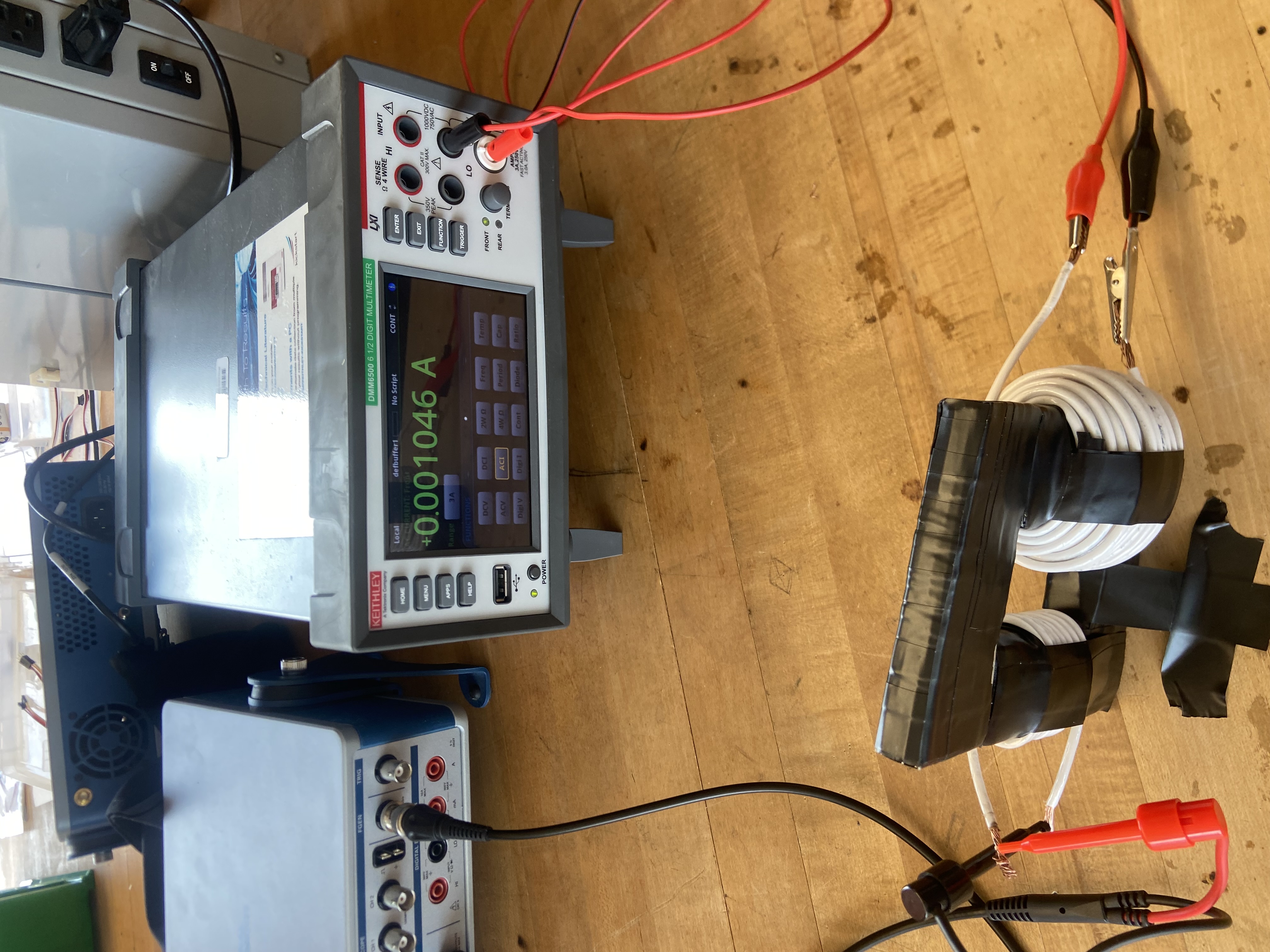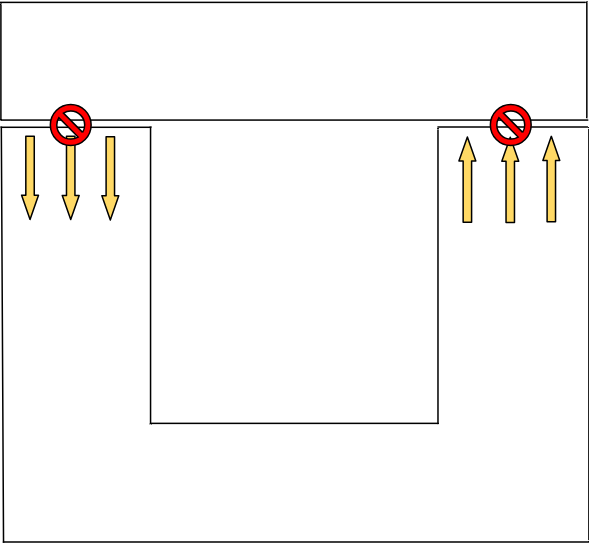Transformer Design Challenges
During my internship, I worked with large transformers and wanted to apply my knowledge by building one myself. My goals were to keep costs as low as possible while maximizing efficiency. I chose a 1/16-inch thick stainless steel sheet to mimic the separated magnetic cores of transformers, aiming to reduce eddy currents. I selected 8-gauge wire to ensure scalability. Additionally, I aimed to complete the transformer within two weeks to present it during my internship.



